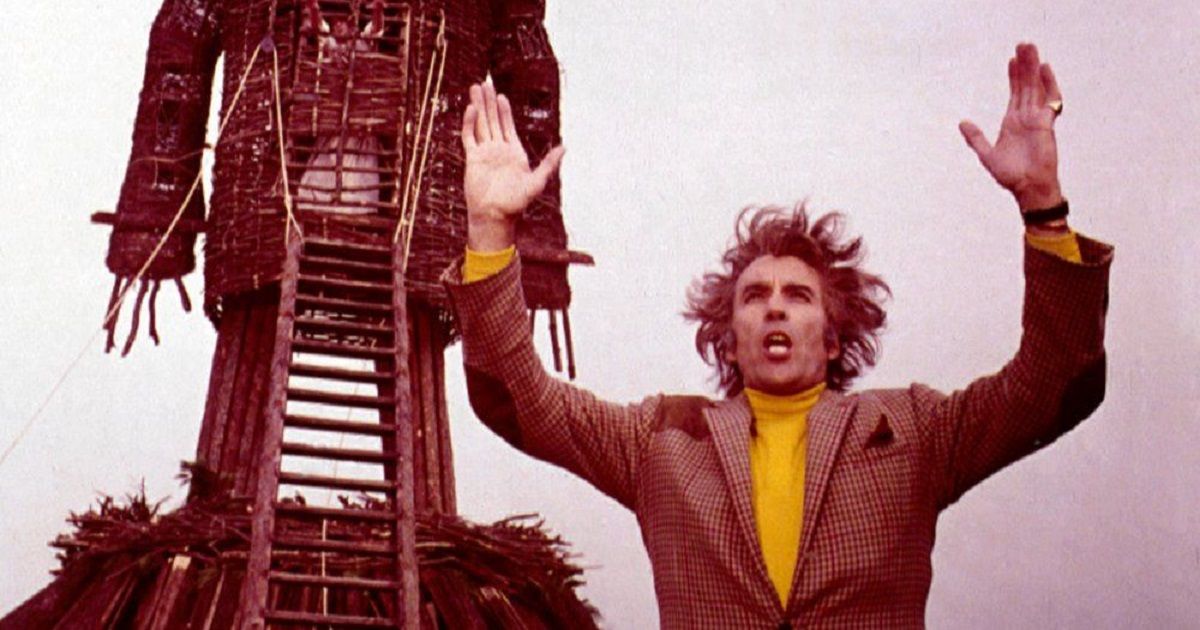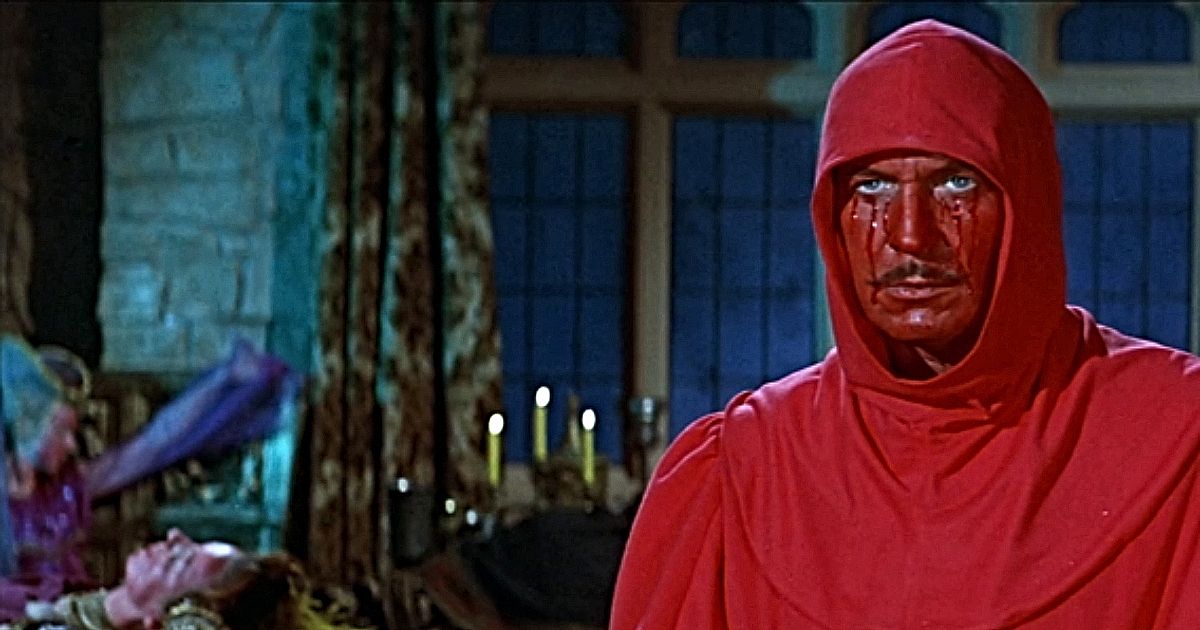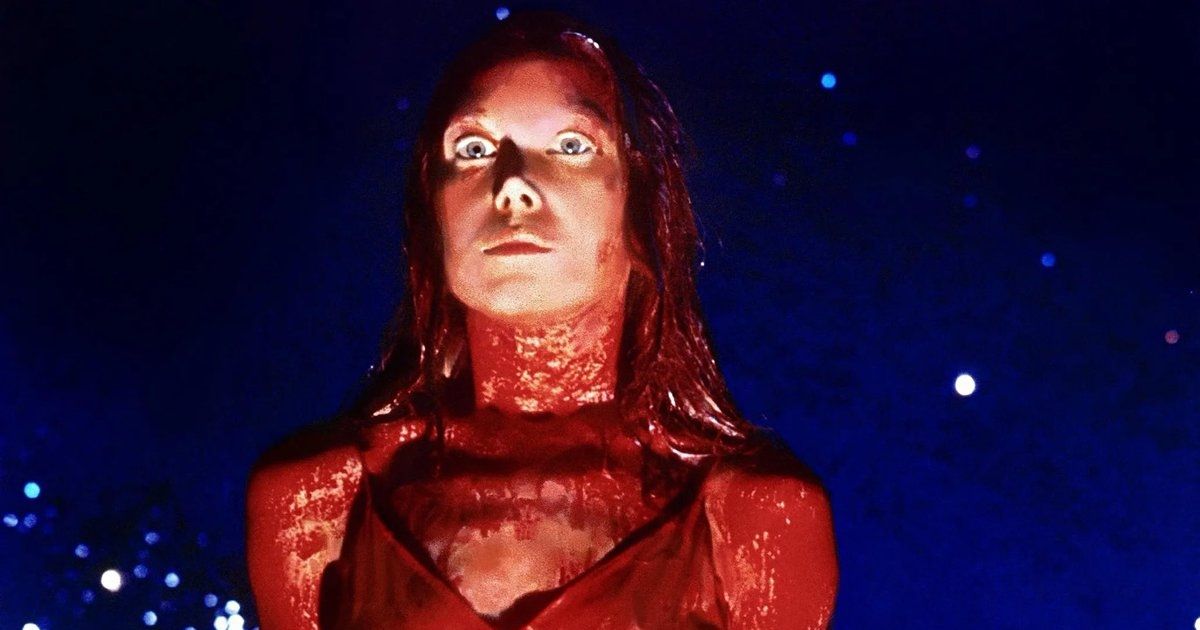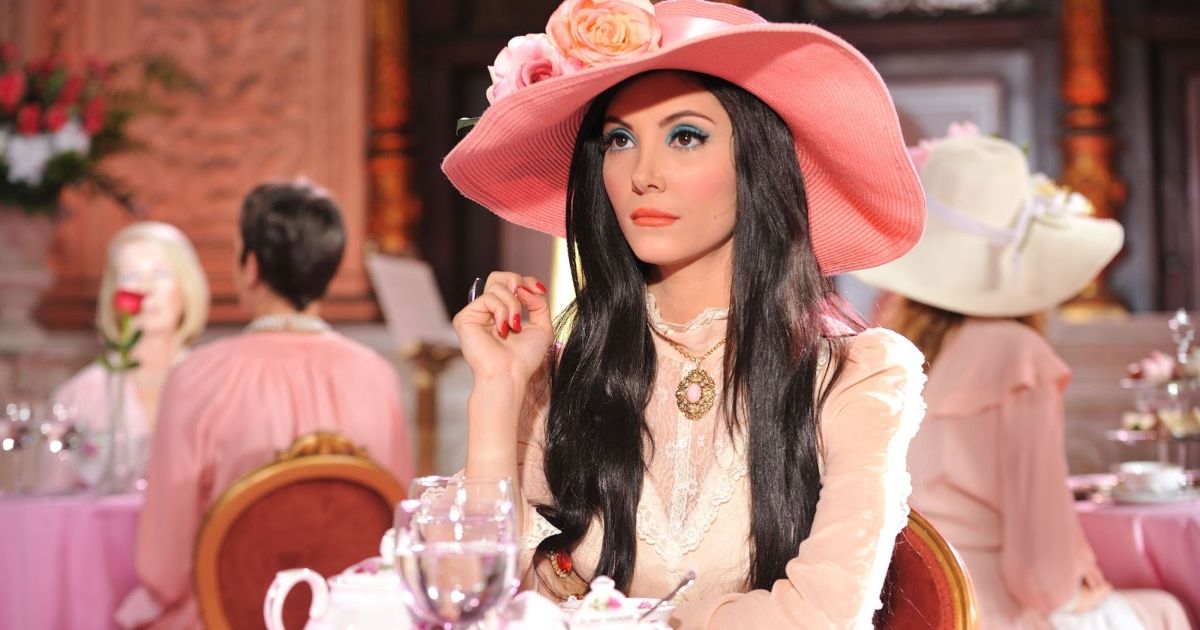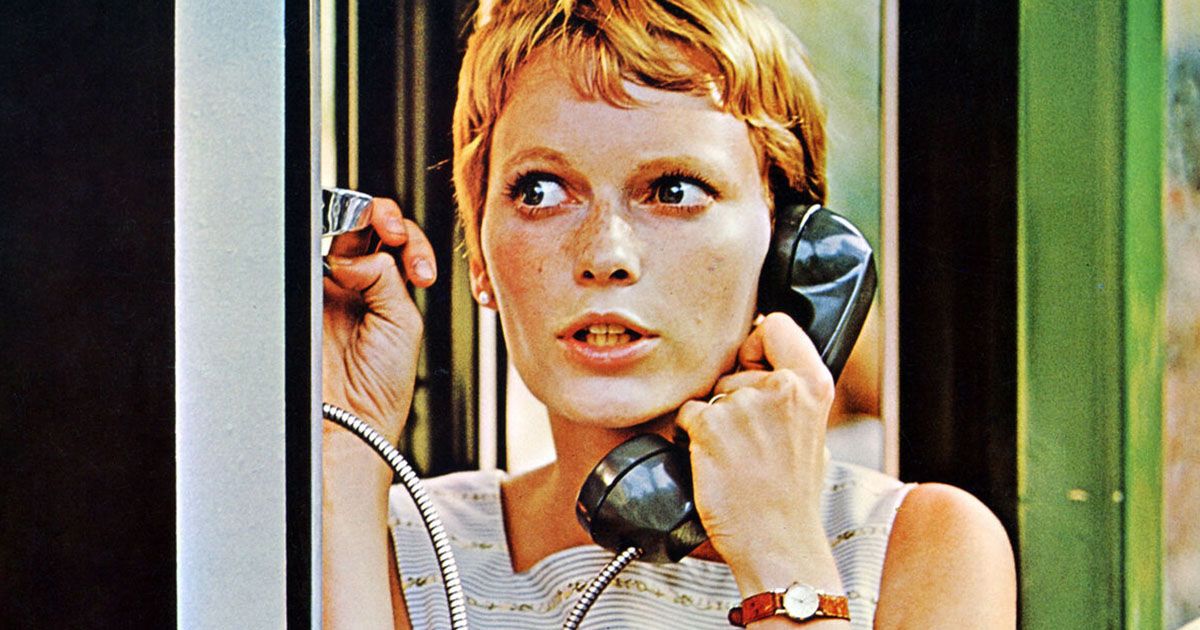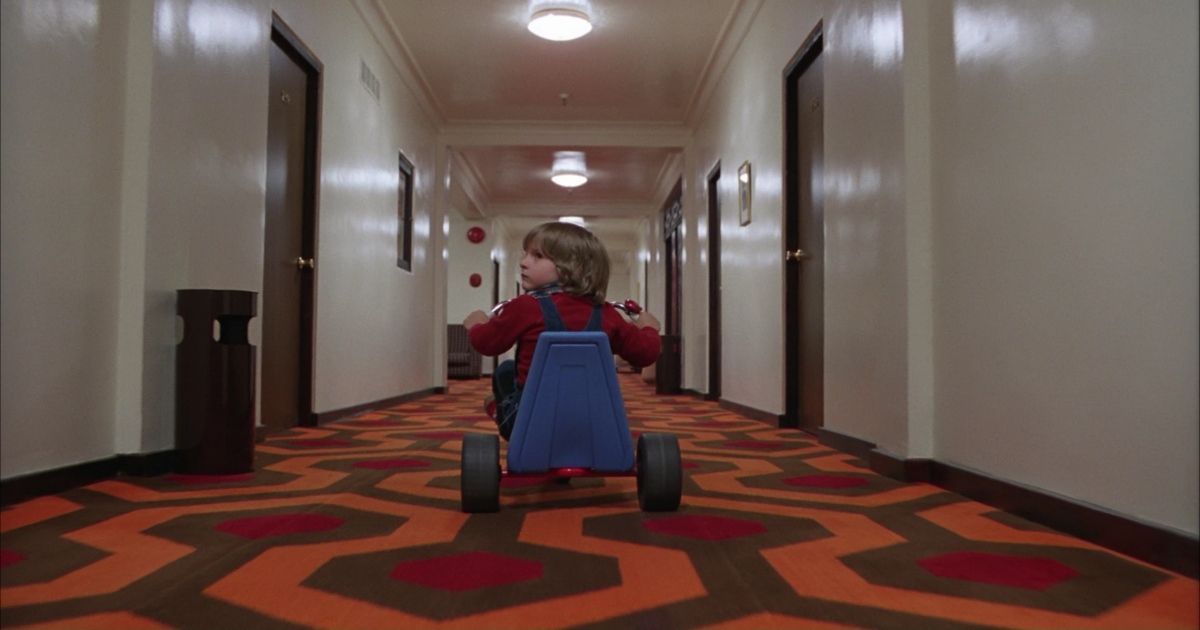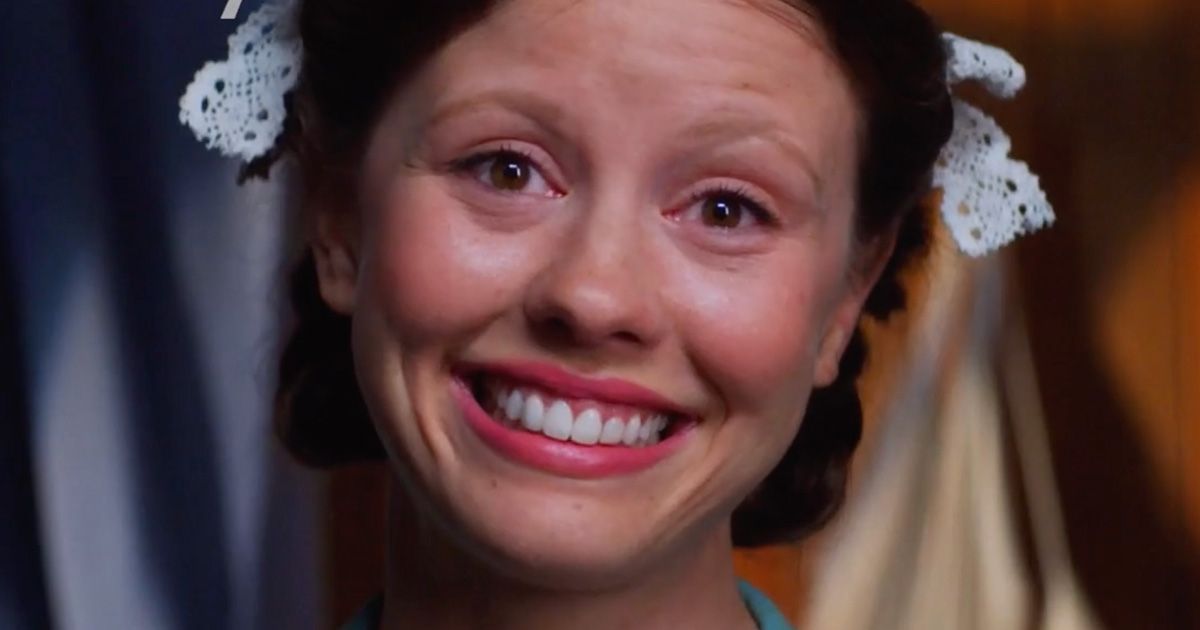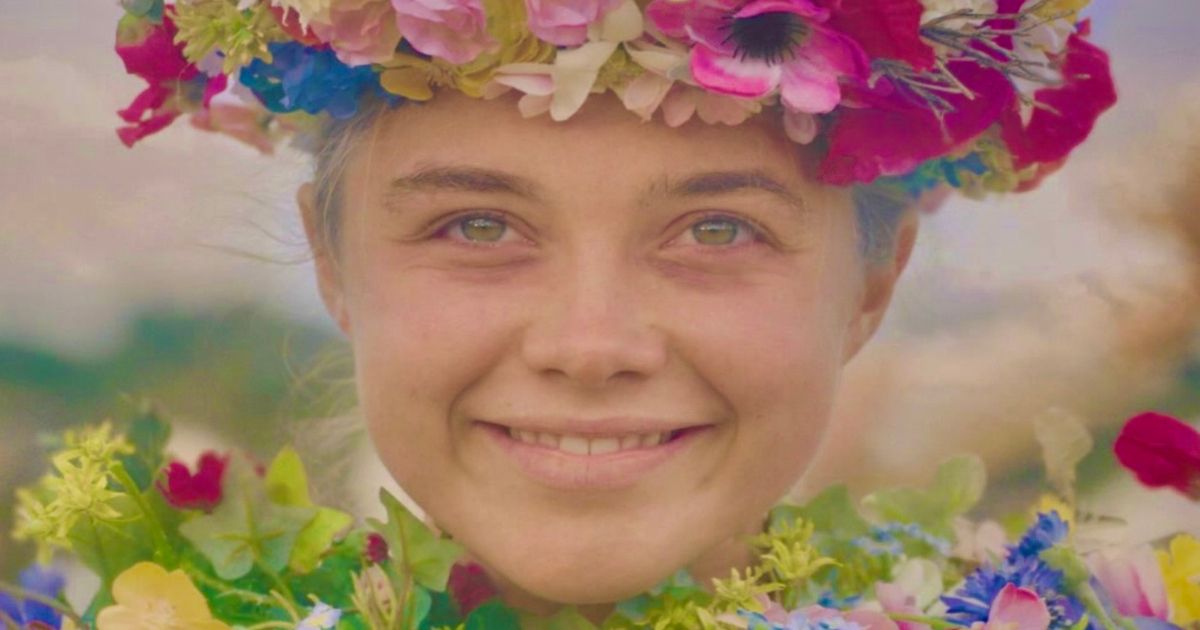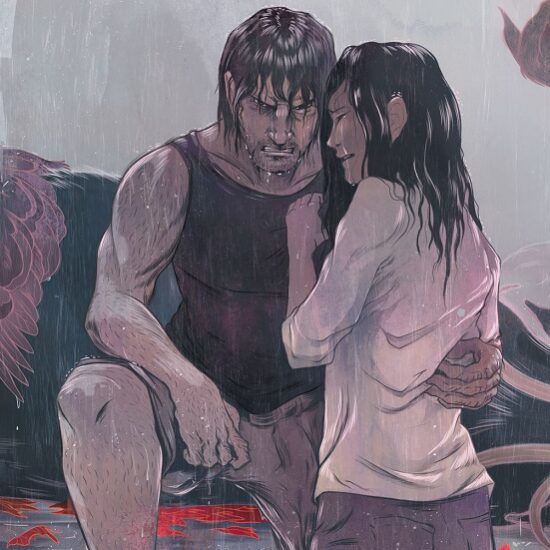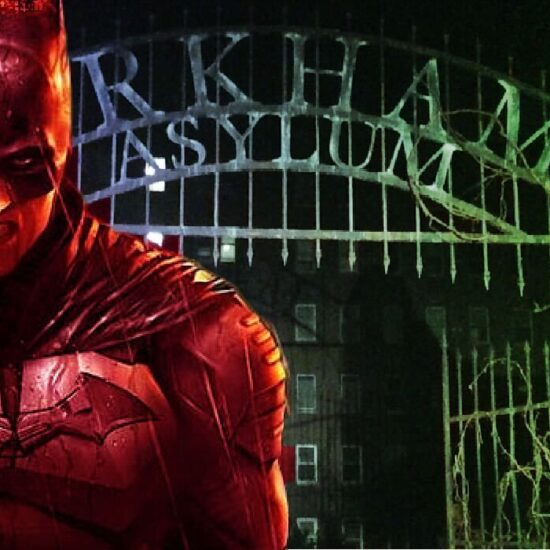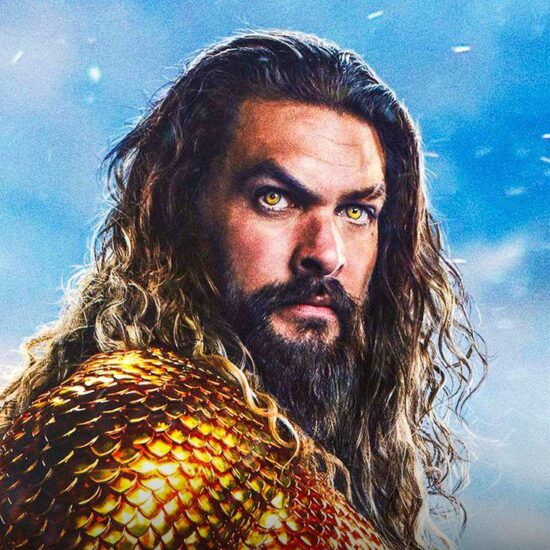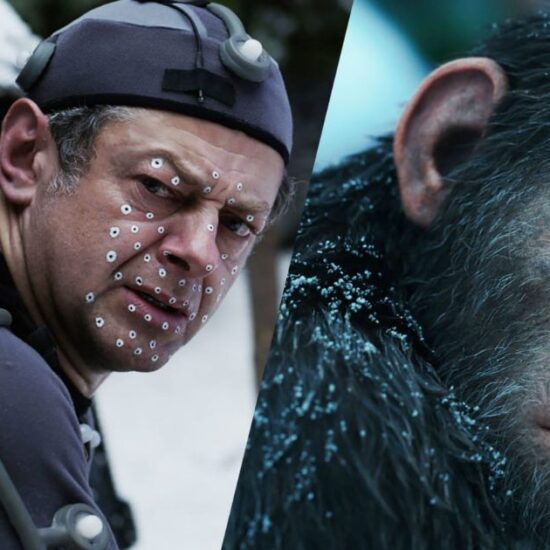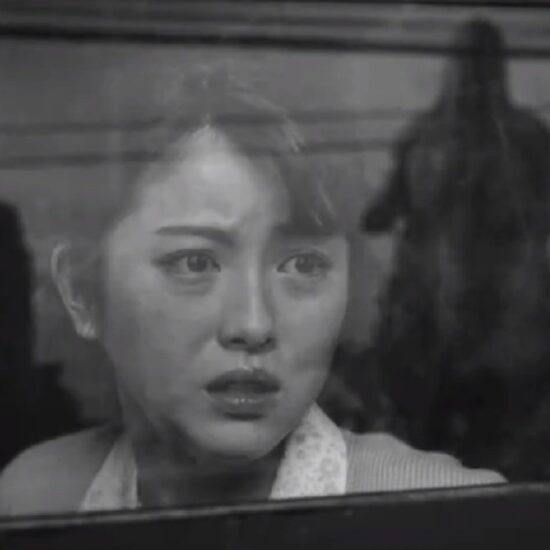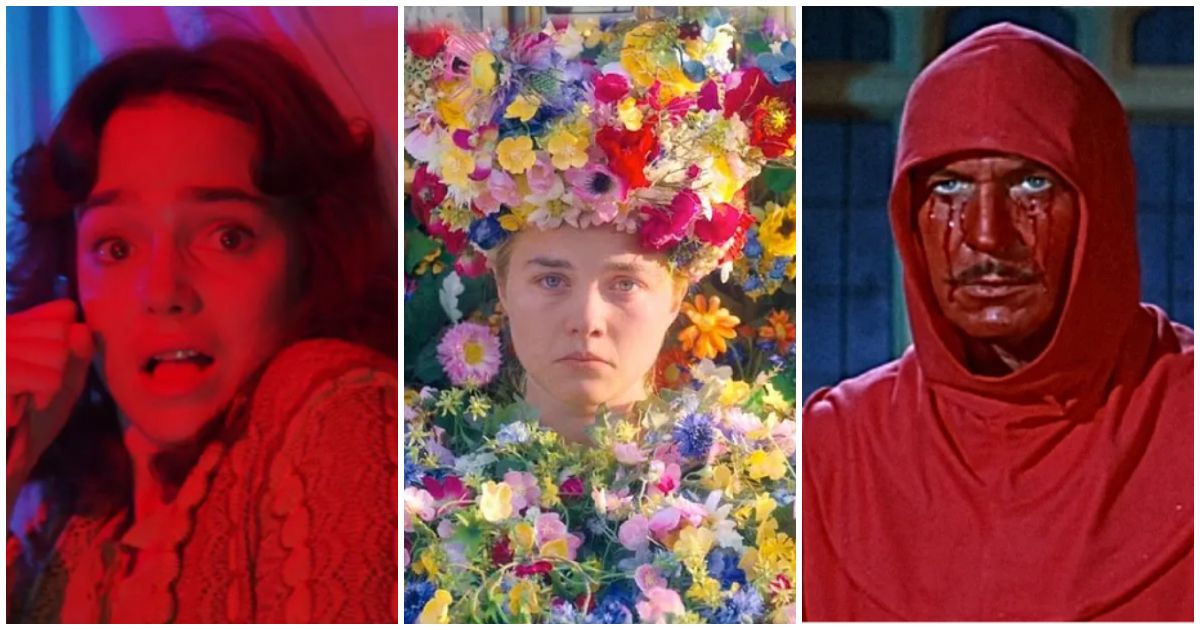
It’s human nature to be afraid of what’s lurking around when the lights are off. However, some movies disagree; sometimes, the dark is the only safe place left to hide. Rather than indulge in darkness and shadows, some horror films like to keep things bright and full of colors. However, a little cheery background isn’t going to stop the monsters anytime soon.
There are many reasons why a scary story wants to embrace the colors of the world. It could just be the look the director wanted. It might have a hidden message, like not trusting your eyes. Sometimes, it’s just practical to film during daylight hours.
10 Suspiria (1977)
Dario Argento’s horror classic Suspiria sees Suzy Bannion enrolls at the Tanz Akademie, a German dance school, only to learn it’s a front for murderous witches. The school naturally appears cheery and ornate to hide its true nature. Suspiria even makes special use of lighting throughout. Blue and green light appears when the characters aren’t supposed to see what’s going on, but the audience can.
Interestingly, Suspiria‘s most colorful, and arguably darkest, moment doesn’t take place at the school. Early on, a student, Pat, escapes to her friend Sonia’s crimson apartment complex. Only then, an unseen threat comes for Pat, pushing her through a rainbow-colored window in the process.
9 The Wicker Man (1973)
The Wicker Man‘s Sergeant Neil Howie is tasked with researching a missing person case on the remote island of Summerisle. During Howie’s stay, preparations are underway for a local harvest festival where a May Queen will be crowned. However, amidst all the singing, dancing, and pretty landscapes, one soul may not survive the event. A sacrifice will be made in a blaze of fire.
If things can hide in the shadows, light exposes things for what they really are, and The Wicker Man makes good use of this. The villagers’ festivities arguably become all the more horrifying by being carried out in the open.
8 The Masque Of The Red Death (1964)
The Masque of the Red Death is a film adaptation of the Edgar Allan Poe story, starring horror icon Vincent Price. Even amidst a plague, the Red Death, the Satanic Prince Prospero’s court is filled with color and pageantry. This is especially true at the titular masquerade ball, where a mysterious figure appears dressed all in red.
This figure is none other than the Red Death itself. In fact, deaths of other colors also apparently exist. At the end, the Red Death is greeted by similar figures in orange, yellow, blue, and violet, practically making an entire rainbow of deaths, as well as white and black.
7 Carrie (1976)
Carrie makes good use of color to set the mood. Cool blue appears on characters sympathetic to the lonely Carrie, like Sue Snell and Tommy. Red appears when Carrie is in danger, from Norma’s red cap to the famous bucket of pig’s blood. Naturally, it’s when Carrie is covered in red does she awaken her full power and becomes the real danger of the story.
Carrie‘s famous ending, where Sue has a nightmare of seeing an arm emerge from Carrie’s grave and grab her, is filmed in broad daylight.
6 The Love Witch (2016)
The Love Witch revolves around Elaine, a witch in the modern world, moving to a new town after her husband’s mysterious death, which she might have had a hand in. Soon, other men find themselves falling in love with Elaine and losing their lives.
Despite the modern setting, The Love Witch is a visual tribute to Technicolor films from the 1960s and 1970s. For one example, Elaine takes part in a Renaissance Faire mock wedding which is patterned off of the wedding scene in Jean Cocteau’s fairy tale film, Donkey Skin.
5 Rosemary’s Baby (1968)
In Rosemary’s Baby, Rosemary and her actor husband Guy move into a New York City apartment building. Their elderly new neighbors seem friendly, but after a nightmare, Rosemary soon finds herself in a plot involving a cult of witches.
Rosemary’s Baby makes good use of the color yellow, especially in scenes involving Rosemary and the apartment. This helps give the film an aura of deceit and sulfur. The witches also make good uses of color, dressing in bright and colorful clothes, allowing them to hide their true colors. Even the movie’s title is presented in bright neon pink.
4 The Shining (1980)
The Shining is a 1980 film based on the eponymous Stephen King novel. Writer Jack Torrance takes a job at an old hotel, bringing his wife Wendy and son Danny along with them. In this new setting, the supernatural soon becomes apparent, especially as Danny develops strange powers. Meanwhile, Jack may soon follow in the footsteps of the previous caretaker, who took the lives of his family.
The hotel setting is filled with all sorts of colors at times, with oranges, yellows, greens, and blues. However, the color that gets the most focus is red, notably in a sequence involving an elevator filled with blood.
3 Cannibal Holocaust (1980)
Italian horror film Cannibal Holocaust sees a group of filmmakers go missing while working on a documentary in the Amazon rainforest. When a rescue team looks into the matter, the true horror of the story comes to light. Amid two warring cannibal tribes, however, the lost filmmakers prove to have been the real villains of the story.
As Cannibal Holocaust‘s film within the film is shot mimicking a documentary, it takes place in the bright sun. This also has the added effect of some of the film’s gorier moments being shown in all its horror.
2 Pearl (2022)
Pearl: An X-traordinary Origin Story is a prequel to X, revolving around the early life of the villainous title character. In the late 1910s, Pearl is a young farm girl living with her immigrants parents while her husband Howard serving in the war. Pearl dreams of living a glamorous life like in the movies. When she gets a chance to join a dance troupe, Pearl won’t let anything get in her way.
Pearl is visually a tribute to films of Hollywood’s Golden Age and Technicolor films. In particular, Pearl herself is stylized as sort of a dark parody of Dorothy Gale from The Wizard of Oz.
1 Midsommar (2019)
Midsommar is a 2019 film depicting a young couple, Christian and Dani, who travel to Sweden for a midsummer festival that takes place every 90 years. The setting promises a seemingly endless amount of sunshine, as the sun never completely sets during the midsummer. However, the event quickly proves sinister, as participants are ritualistically sacrificed. It soon becomes apparent that even outsiders aren’t spared from the killings. As Dani is crowned the May Queen, she will soon be tasked with choosing who gets to live and die.
Midsommar is seen as an example of the folk horror genre, making use of folklore and superstitions. In particular, Midsommar was especially been compared to The Wicker Man.







